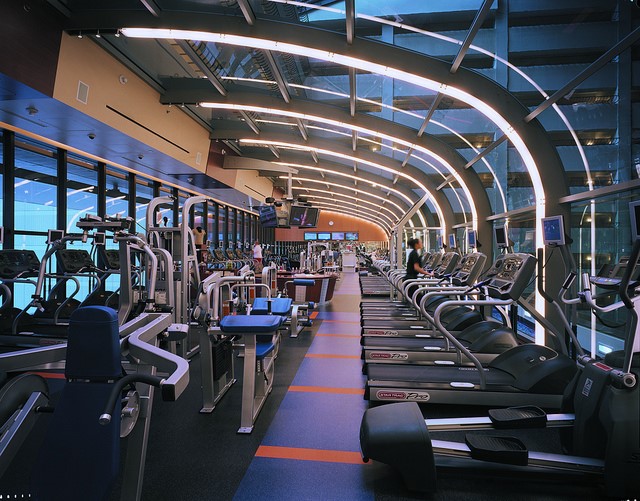Athleisure has never been more popular, with people sporting these clothing items not just for fitness, but for running errands, and sometimes even out for events. However, for the people who value performance wear to enhance their fitness, the messaging behind what pieces are actually designed to enhance your workout is becoming blurred.
Thousands of ‘gym wear brands’ exist today, unfortunately, with many of them mass-producing poor athleisure that looks great, but performs poorly. Understanding the difference between standard gym wear and actual performance wear is crucial if you are looking to optimise your workouts, and provide your body with maximum blood flow, flexibility and breathability.
Gym wear is now ‘casual wear’
What once was considered “gym kit” has now transitioned into everyday fashion. A matching set, branded leggings, oversized tees and hoodies are as much a social statement as they are fitness attire. The problem? Not everything labelled as ‘gym wear’ is designed to withstand the physical demands of your training. Most pieces today are stitched together with aesthetics in mind, not biomechanics, meaning they can restrict movement, cause irritation, and fail to regulate your body during high-intensity work.
The importance of performance wear
Performance wear, on the other hand, is engineered with one purpose: to enhance your training. Every detail is considered, from the compression panels that stimulate blood circulation to the fabric blends that prioritise durability and breathability. True performance gear isn’t designed to simply look the part, it’s built to support your joints, stabilise your muscles, and keep you dry and comfortable through every rep, stride and set. In the long run, this isn’t just about style; it’s about injury prevention, recovery, and maximising the output of every session you commit to.
The benefits:
The shift to performance wear isn’t about a superficial upgrade; it’s about tangible advantages that directly impact how your body performs under stress. You’ll move with greater ease thanks to four-way stretch technology. You’ll notice improved endurance when fabrics actively wick sweat away from your skin, preventing overheating. Compression-based designs will help reduce muscle fatigue, meaning your body recovers faster between sessions. And above all, the confidence that comes with knowing your clothing is supporting your performance gives you that mental edge – the extra 5% that can turn an average session into a personal best.
How to decipher between gym wear and performance wear
The easiest way to spot the difference is to ask yourself a single question: was this made to look good, or to make me perform better? True performance wear will highlight its technical features, from fabric blends to specific training purposes. Gym wear, in contrast, tends to emphasise design, colours and trends. If the product description doesn’t mention breathability, compression, or workout-specific tailoring, chances are you’re looking at athleisure disguised as gym gear.
Compositions
Fabric composition is where the biggest divide lies. Performance wear is crafted from intelligent blends of nylon, polyester, and spandex; carefully balanced to deliver stretch, support, and moisture management. In contrast, most gym wear, especially the fashion-led sets, is cotton-heavy. Cotton may feel soft, but it traps sweat, weighs you down, and loses elasticity over time. When you’re training, your body needs fabrics that work with you, not against you. Look for brands that make their compositions clear, think A-Game. Their performance wear details the exact composition, and also what types of workouts and environments are best suited for the pieces.
Sweatwicking
If you’re not sweating, are you really pushing yourself to your limits? But what about your clothing? Can they withstand back-to-back gruelling sweat-producing sessions? High-quality performance wear is sweat-wicking by design, pulling moisture away from your body and dispersing it across the fabric surface where it can evaporate quickly. This keeps you dry, prevents skin irritation, and allows you to push further without distraction. Gym wear that isn’t sweat-wicking simply absorbs moisture, clings to your skin, and leaves you uncomfortable mid-session.
Specific workout tailored
Finally, true performance wear recognises that not all training is the same and different pieces need to be designed for your workout of choice. Leggings built for running will differ from shorts designed for weightlifting. High-impact sports bras will prioritise stability, while low-impact designs will emphasise comfort. Performance wear is tailored to the movement patterns and demands of your chosen sport, ensuring that every seam, panel and stitch serves a purpose. Gym wear, however, is typically “one-size-fits-all”, suitable for the aesthetics of walking into a studio, but not necessarily for the demands of training inside it.





















